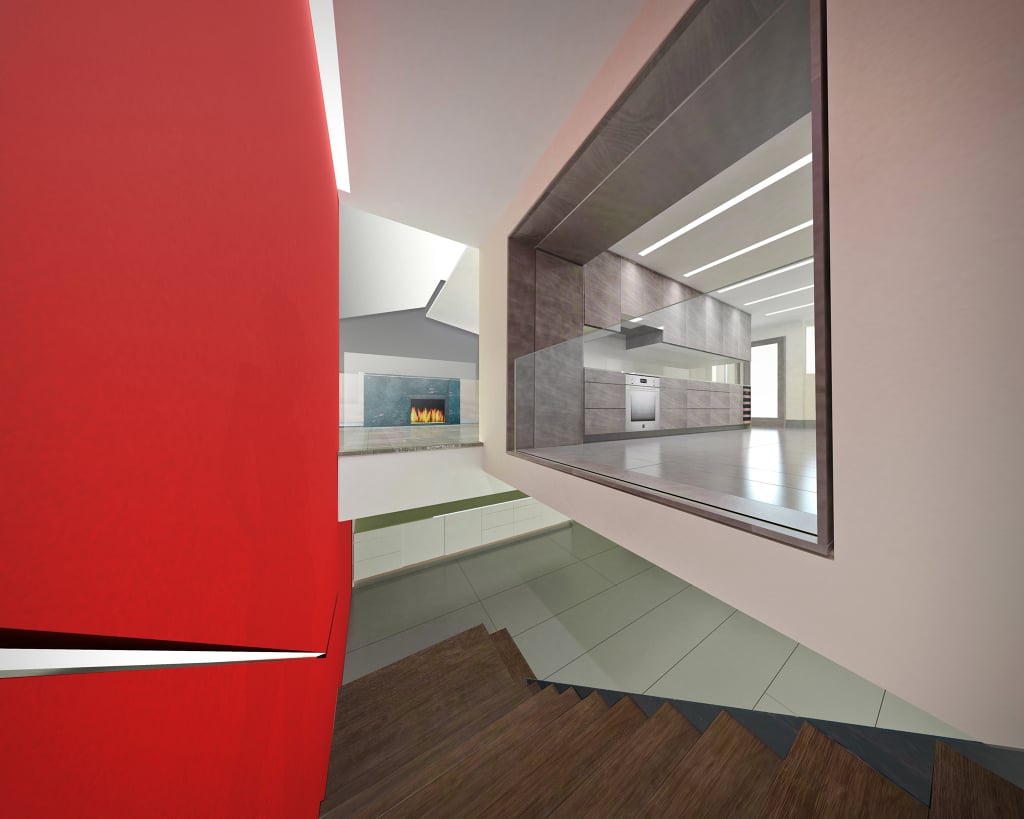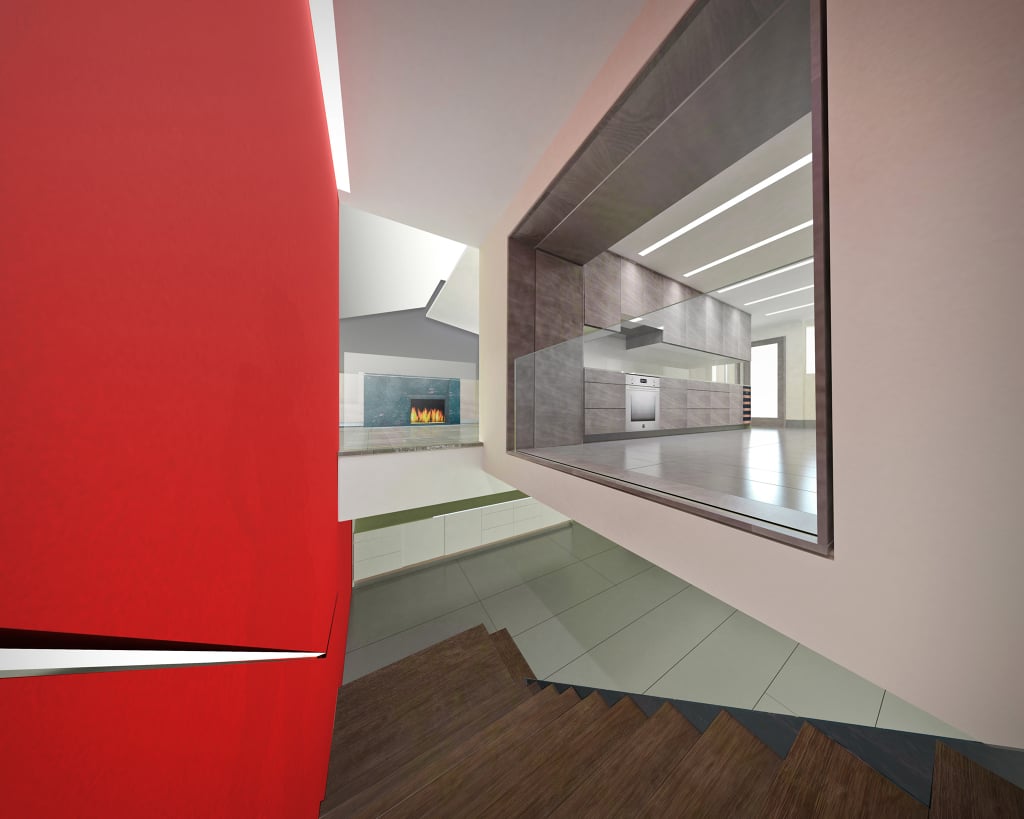It's an exciting time to be an architecture student. New methods and materials are revolutionizing the building process, improved CAD technology means architects can more time focusing on design, and more and more clients are keen to get adventurous with their buildings and spaces.
But it can also be daunting as a graduate to make sense of the architecture world outside university. Architecture in the workforce is very different from what you do at school, and it can be difficult to see which opportunities will be the best for your career.
Luckily, there are great architects who've come before you, who can answer your questions and offer advice on starting out in your architecture career. We talked to 5 top architects about the next steps for an architecture student as they step out into the real world, and what it takes to succeed in this exciting and competitive industry:
Tip #1: Client Relations are Just Like Dating

"Client relations are just like dating. Build the body of work and image to attract your ideal client. Just because someone who doesn't appeal to you gives you a wink, doesn't mean you approach them. Same with prospective clients. Know who to say no to based on your own goals and values. No matter how desperate your immediate situation may be, spending time with the wrong client can be a time sink and will probably only get you like-minded work.”
"Manage your clients expectations. If you choose to give a discount, make it known or they'll think it was included. Be frank about time and money. They will appreciate it. Lie, and they'll hold you to it. Keep good records, meeting minutes, etc. No matter how fun and friendly you may get with your clients at times, remember that you're in business together." - Andrew Mikkael.
Andrew Mikkael is AIA at Andrew Mikkael Architects, and his work has been exhibited at design and art shows in NYC (ICFF) and Italy (Florence Biennale). Follow him on Twitter at @AndrewMikkael.
Good client relations are at the heart of any successful architecture firm. Watch how senior architects deal with clients and how they choose which clients to work with, and learn to balance your creative ideas with the needs of the client.
Tip #2: Don't Alienate the Contractors

"Realize that even though you may be near the top on a construction organization chart, you may end up on the bottom of the change order pile if you alienate the contractors. Yes, you represent the owner but when your customer is wrong you must be willing to go to bat for the contractors. On the other hand, be ready to dismiss the contractors who prefer to look for errors instead of answers." – Joe Egan.
With 45 years experience in the construction industry, Joe Egan is using his experience in client and contractor relations to teach construction professionals how to succeed. Follow Joe on twitter at @ContractorGen.
Contractors are the people who will make your ideas and concepts into reality, so it pays to treat them with respect. Begin building a contact list of reliable and skilled tradesmen from the moment you enter the workforce – this will prove an invaluable resource as you progress through your career.
Tip #3: Make Your Career a Place for Learning

"Put school behind you and focus on making work a learning place. It's a different world. Focus on skills that are useful to your workplace. If you are good graphically, develop your skills as a renderer and graphic designer for presentation boards. If you are good at model making and you work in an office that uses these extensively – such as Pelli Clarke Pelli – then develop this skill. Do extra study at night and on weekends in both design and technical sides. Read two books: Robert Gutman's Architectural Practice: A Critical View, and Cesar Pelli's Advice for Young Architects. Gain mastery of the CAD programs of today – get ahead of the curve. Get LEEDs certified in a specialty. Learn every part of practice from proposal writing to design, to construction documents, to specifications writing, to estimating, to project cost tracking, to construction administration.
"Above all do anything that crosses your desk gladly with no questions asked as professionally as you can. This will go a long way to advancing your career. There are many different jobs in architecture: it's not just design. And get licensed as soon as you can, it's dismaying to see young architects who have been working for ten years and still aren't licensed." – James Winkler.
James Winkler is an AIA, LEED AP at Converse Winkler Architecture, working alongside his wife to produce beautiful and functional schools, offices and residential designs.
Just because you've finished school, doesn't mean it's time to stop learning. Take every opportunity that comes your way to learn new skills and put ideas and concepts into practice.
Tip #4: Become a Creator of Sustainable Space

"What an architecture student should be aiming for is to become a better human space creator, not only a sculptor. We have seen a tendency to create monumental buildings, and there is nothing wrong with that, but a real modern architect should be focusing on creating habitats where sustainability is the central axis, not only for the people living in that space but for the community that will host this building as a part of its cultural and architectural identity.
"We, as architects, have the obligation to make every project about sustainability. It's not a decision; it's the only way we should approach each case. LEED certification is the perfect tool to be sure we are giving the right heritage to the next generation of citizens." - Elias Robles.
Elias Robles teaches architecture at Universidad Autonoma de Centro America, and is the LEED instructor for Everblue.
Remember that the heart of great architecture is people. Start with people first, and build your design around them – their needs, their habits, and their desires.
Tip #5: Focus on your strengths

"There's a world of opportunity for new architects, as economies are getting stronger and the architectural industry is expanding to even greater heights. My advice to a young architect would be to highlight your strengths for a new employer and explain what you can contribute immediately, while you are learning the craft. As a new architect, you should explain any experience that demonstrates your creativity, imagination and professionalism. Above all things, it is important for a new architect to build upon relationships made during school. Always be looking to cultivate new relationships, too. Understand that your sensibilities will change over time, which is the normal course in becoming a better architect." - Christian D. Giordano.
Christian D. Giordano is the Principal and Director of HLW International LLP, a leading architecture firm in the US and abroad for over 125 years. Contact on twitter at @hlwintl
In school, you will have noticed where your strengths lie, and no doubt focused your course choices and internships on opportunities that expanded upon those strengths. As you begin your architecture career, draw again on these strengths. Always present your best work in your portfolio and be prepared to talk about the techniques and ideas you're most passionate about. Seek out opportunities in firms that share your values and outlook.
So Whats the Take Home Message?
At the heart of great architecture is relationships - the relationships between architect and client, between architect and supplier, between architect and mentor, and between people and their environment. As an architect, it's your job to manage these relationships, to forge connections and to bridge gaps to create spaces that you - and your client - can be proud of.
Are you an architecture student or in the early stages of your career? What has been the best advice you were given? And as a senior architect, can you offer any advice to students? We'd love to hear it in the comments below!







